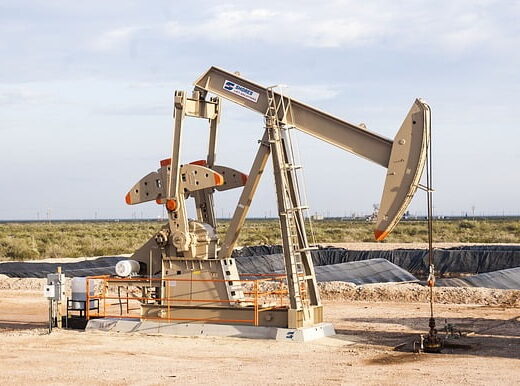China’s People’s Liberation Army (PLA) is exploring the potential of near-space vehicles, including airships, as omnipotent weapons. In March 2018, the PLA published a report titled “An Omnipotent Weapon – How Amazing Are Near-Space Vehicles?” which outlines the strategic and tactical advantages of near-space vehicles.
According to the report, near-space vehicles operate at altitudes between 20,000 meters and 100,000 meters, which is above the flight ceiling of conventional military aircraft. At this altitude, near-space vehicles enjoy consistent and smooth flight conditions and are outside of the targeting range of military aircraft and surface-to-air missile systems. They are also stealthy, can be deployed easily, are energy-efficient, can operate around-the-clock in all weather conditions, and can be built to operate for several years at a time.

Near-space vehicles can provide high-quality over-the-horizon intelligence and communication, can surveil very large areas, can carry weapons to strike both land targets and space-based targets, can jam enemy communications, and are not vulnerable to atmospheric interference that other communications platforms are affected by. The report also mentions near-space vehicle platforms being developed by other countries, including France’s Stratobus Autonomous Stratospheric Airship program and the United States’ SR-72, X-30, and Integrated Sensor Is Structure (“ISIS”) programs.
The emergence of near-space vehicles has become a new battlefield for modern warfare and an important link in the national security system. As an important link connecting the air and space battlefields, near-space vehicles will play a crucial role in the future integrated air-and-space joint operations, which are highly valued by more and more countries. The development and application of these tools will also have an important impact on future combat.
Near-space vehicles can control the sky above them and the land and sea below them, making them “hanging swords” floating in no-fly zones. Generally speaking, the flight ceiling of conventional aircraft is below 20,000 meters, and spacecraft operate at an altitude of at least 100,000 meters. The space between 20,000 meters and 100,000 meters is called “near space”. Near space includes the stratosphere, the mesosphere, and part of the thermosphere. It is the transition zone between aerospace and space, an empty area that is unexplored, with the exception of the occasional rocket crossing through it.

Near-space vehicles can become the “new favorites” that countries will compete to develop. This is because they can make up for the vast gap between the operational ranges of aircrafts and satellites, and they have key advantages over traditional aircraft in carrying out strategic and tactical tasks. They can also be deployed quickly and efficiently at any time, and they can be easily maneuvered in accordance with operational requirements.
Another benefit of near space is that the air flow is smooth and the environment is stable. This enables most near-space vehicles to float over the mission area for a long time with the help of natural energy sources such as wind, atmospheric buoyancy, and solar energy. Energy consumption is therefore low.
In terms of information wars, near-space vehicles can carry advanced radars, which can constitute a near-space monitoring platform and provide monitoring around-the-clock in all weather conditions. They can also provide over-the-horizon communication capabilities, while simultaneously providing stronger and more secure signals than satellite navigation communications can.
Near-space vehicles can also play another important role: carrying out space-based countermeasures and strikes. Expanding countermeasures and jamming platforms to near-space vehicles would facilitate suppressive and deceptive jamming operations, granting a strong electronic countermeasures advantage. If a near-space vehicle is used as a weapons platform, it can strike targets anytime and anywhere in a large coverage area.
While the PLA is not the only country exploring the use of near-space vehicles, the report highlights China’s growing investment in military technology and its desire to compete with other global powers.
The report also raises concerns about the potential use of near-space vehicles in future conflicts, particularly in terms of their ability to strike land and space-based targets. As countries continue to develop and deploy these weapons, the risk of escalation and conflict in the near-space environment could increase.
In addition to military applications, near-space vehicles also have the potential for civilian use, such as in the fields of communication, transportation, and scientific research. However, the report primarily focuses on the military potential of these vehicles.

The development and deployment of near-space vehicles is just one example of China’s growing investment in military technology. In recent years, China has invested heavily in developing advanced weapons systems, including stealth fighters, hypersonic missiles, and aircraft carriers.
China’s military modernization efforts have raised concerns among other global powers, particularly the United States, which sees China as a strategic competitor in the Asia-Pacific region. The US has responded by increasing its military presence in the region, strengthening alliances with countries such as Japan and South Korea, and developing new weapons systems of its own.
As the world’s two largest military powers continue to invest in advanced weapons systems, the risk of conflict and escalation could increase. The development and deployment of near-space vehicles is just one example of the emerging technologies that could play a role in future conflicts. As such, it is important for policymakers and analysts to closely monitor these developments and their potential impact on global security.















